
Tax experts guide people on tax payment procedures - Photo: TTD
The two methods the Ministry of Finance is studying include calculating on taxable income (equal to the selling price minus total costs related to the transferred real estate) or applying a general tax rate on the total transfer price.
In case there is a database that accurately determines the purchase price and costs related to the transfer of real estate, the method of collecting personal income tax from real estate transfer is applied, calculated by the tax rate formula (proposed 20%) multiplied by taxable income.
In cases where the purchase price and costs related to the transfer of real estate cannot be determined, personal income tax is determined on the total real estate transfer price multiplied by the tax rate of 2%.
Taxes still have many shortcomings
From August 1, 2024 (the effective date of the 2024 Land Law), the collection of personal income tax from real estate transfers is divided into the following two cases:
Income from land use rights transfer for households and individuals, personal income tax is calculated based on land price in the land price table multiplied by tax rate of 2%.
That is, if only land use rights are transferred (without houses or constructions on the land), the State will not base on the price declared in the contract as before, but will base on the land price list issued annually by the Provincial People's Committee to calculate tax. This is a new regulation of the 2024 Land Law to reduce the situation where people deliberately understate land prices to reduce tax obligations.
For income from the transfer of land use rights associated with houses and construction works on land, taxable income from real estate transfer is determined as the transfer price each time multiplied by the tax rate of 2%.
According to Article 17 of Circular 92/2015/TT-BTC, the transfer price for each time is the price stated on the transfer contract at the time of transfer.
In case the land transfer contract does not state the land price or the land price on the transfer contract is lower than the price prescribed by the Provincial People's Committee, the land transfer price shall be the price prescribed by the Provincial People's Committee at the time of transfer according to the provisions of the law on land.
In both cases above, the transferor must pay tax at the rate of 2% of the total value of the real estate (at the State price or the price agreed upon by the parties) regardless of whether the seller makes a profit or loss.
Simple collection method but easy to overcharge
Firstly, personal income tax is essentially only levied on the income (profit) generated after deducting expenses, but in reality it is collected on the total transaction value, which can easily lead to over-collection. People still have to pay tax even if they sell at a loss, which is frustrating and unreasonable.
Second, the application of the land price list of the Provincial People's Committee in the case of only transferring land use rights does not correctly reflect the market value, reducing the negotiation of civil transactions.
Third, the tax rate of 2% on the total value of real estate is quite high, creating a financial burden, causing many transferors to find ways to declare contract prices lower than actual (two-price transactions), causing budget losses and reducing market transparency.
Reduce tax rate below 1%, okay?
Given this situation, the proposal of the Ministry of Finance to apply a tax rate of 20% on the profit (equal to revenue minus total costs) if full information is determined, or to maintain a tax rate of 2% on the total transfer price if costs cannot be determined is reasonable. This approach helps to gradually approach the nature of personal income tax, while also being suitable for current tax management conditions in Vietnam.
However, in addition to innovating the tax calculation method, it is necessary to consider adjusting the tax rate. If applying a general tax rate on the total transfer price, the tax rate should be reduced from 2% to less than 1%, or a progressive tax rate should be determined according to the real estate value to reduce the financial burden on people.
When developing a method for calculating personal income tax from real estate transfers, it is necessary to ensure the principles of fairness, reasonableness, and balance between the State's tax management requirements and the actual capabilities of the people.
Source: https://tuoitre.vn/thue-thu-nhap-mua-ban-nha-dat-2-co-gi-chua-on-20250510233416706.htm





![[Photo] 60th Anniversary of the Founding of the Vietnam Association of Photographic Artists](/_next/image?url=https%3A%2F%2Fvphoto.vietnam.vn%2Fthumb%2F1200x675%2Fvietnam%2Fresource%2FIMAGE%2F2025%2F12%2F05%2F1764935864512_a1-bnd-0841-9740-jpg.webp&w=3840&q=75)

![[Photo] National Assembly Chairman Tran Thanh Man attends the VinFuture 2025 Award Ceremony](/_next/image?url=https%3A%2F%2Fvphoto.vietnam.vn%2Fthumb%2F1200x675%2Fvietnam%2Fresource%2FIMAGE%2F2025%2F12%2F05%2F1764951162416_2628509768338816493-6995-jpg.webp&w=3840&q=75)



















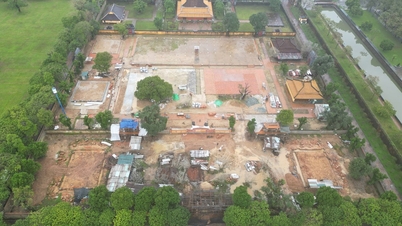


































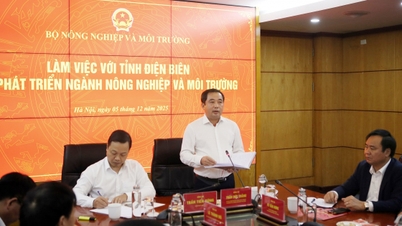











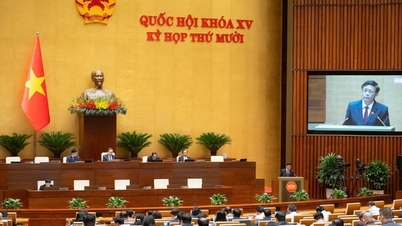

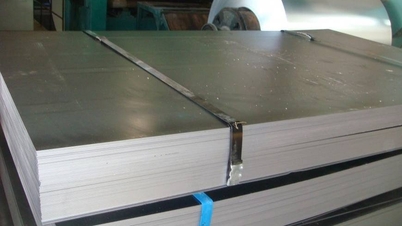





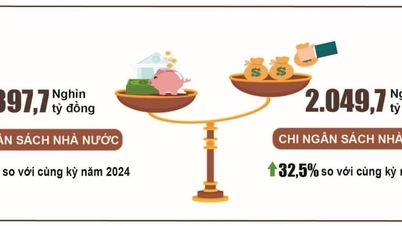
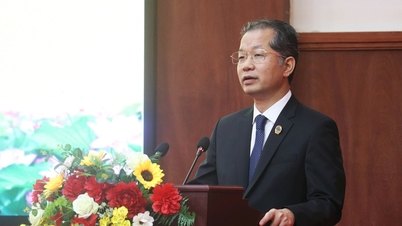


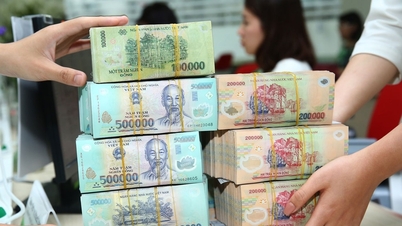

















Comment (0)